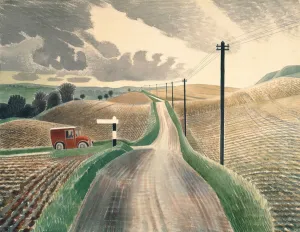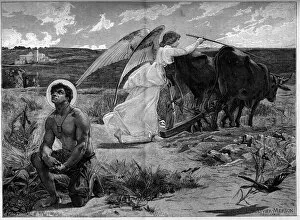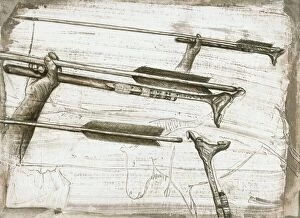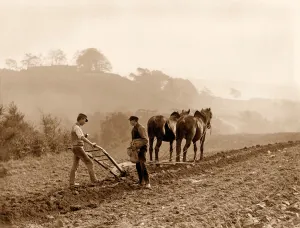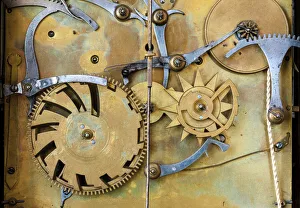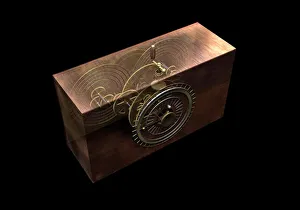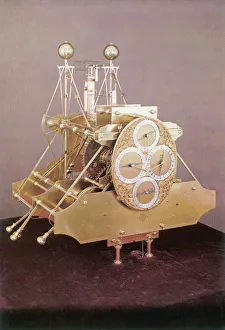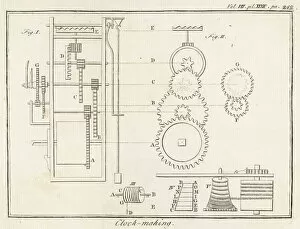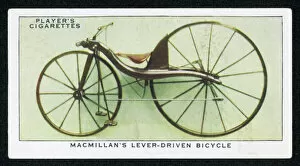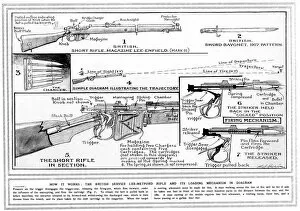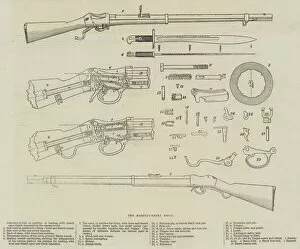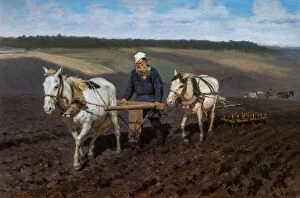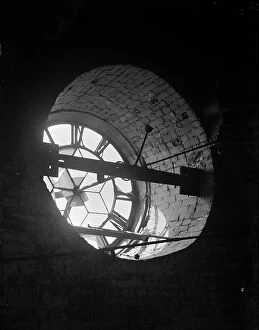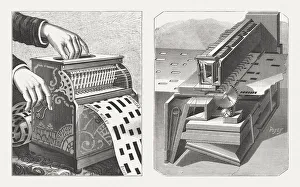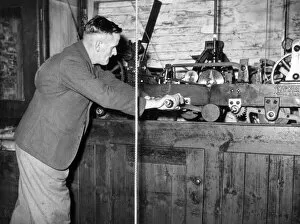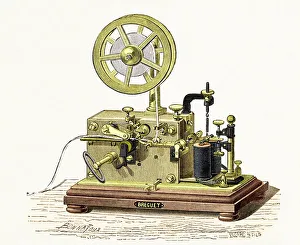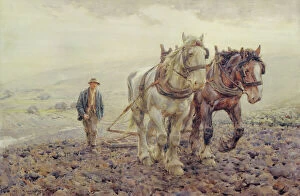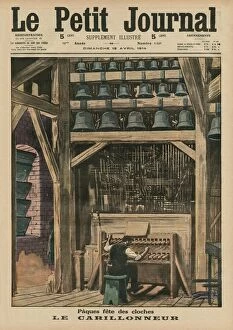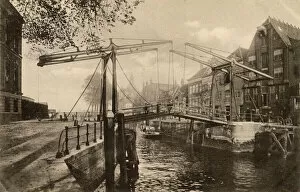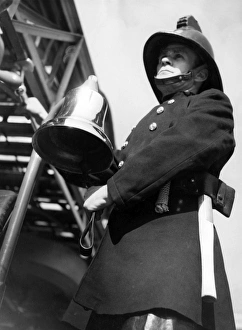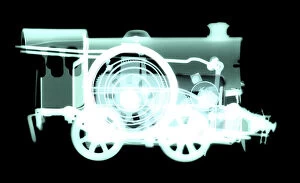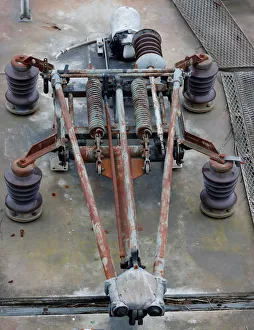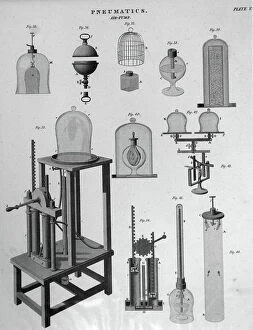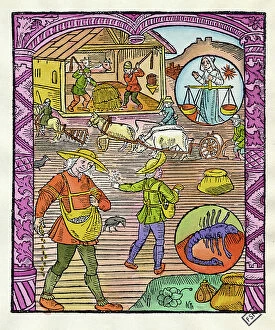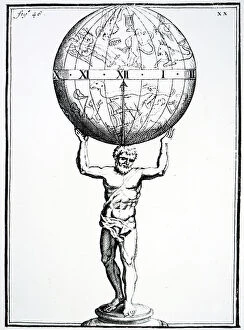Mechanism Collection
"Unleashing the Power of Mechanism: From Prehistoric Spear-Throwers to Modern Marvels" Mechanisms have been an integral part of human history
All Professionally Made to Order for Quick Shipping
"Unleashing the Power of Mechanism: From Prehistoric Spear-Throwers to Modern Marvels" Mechanisms have been an integral part of human history, enabling us to achieve remarkable feats and conquer new frontiers. Dating back to prehistoric times, ingenious inventions like the spear-thrower revolutionized hunting techniques, propelling our ancestors towards survival and progress. Throughout the ages, mechanisms continued to shape our world. In a beautiful watercolor painting titled "Wiltshire Landscape, " we witness how Saint Isidore, the patron saint of plowers, receives divine assistance from an angel while tilling a field. This depiction not only showcases the importance of agricultural mechanisms but also highlights their connection with spirituality and human aspirations. The Industrial Revolution brought forth groundbreaking advancements in machinery. Peder Severin's masterpiece "The Iron Foundry" captures the raw power and intricate workings of Burmeister & Wain's iron foundry in 1885. This awe-inspiring image reminds us that they are not just tools; they are symbols of human ingenuity and progress. One cannot overlook the impact of mechanical marvels on entertainment as well. The fascinating insight into pianolas provided by "How Pianola Works 1912" reveals a complex mechanism behind this self-playing piano, enchanting audiences with its melodic tunes for generations. Timekeeping has always fascinated humanity, leading to incredible innovations such as clock mechanisms. A glimpse into a detailed regulator clockwork from 1737 transports us back in time when precision engineering was essential for measuring every passing second accurately. In agriculture too, mechanisms played a vital role in transforming farming practices. An old photograph titled "Farmers Ploughing a Field on Lealholm Hall Farm" takes us back to c. 1889 when farmers relied on horse-drawn plows powered by gears and cogs – simple yet effective machines that helped feed communities.

